1. Baby Walkers with Wheels
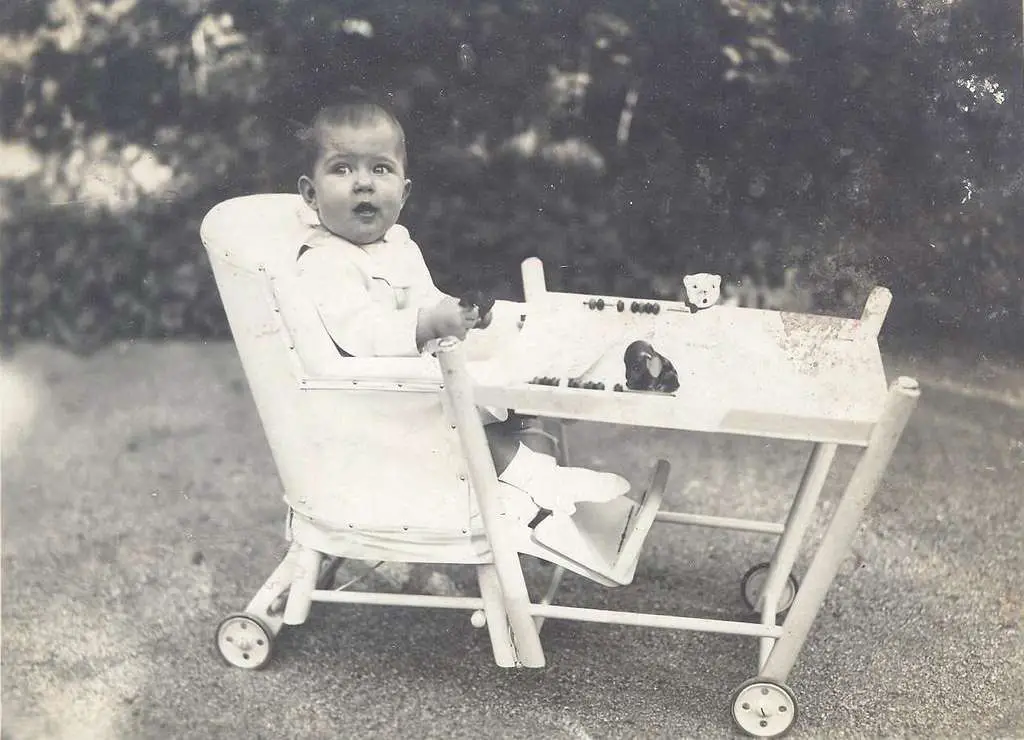
Back in the day, baby walkers were all the rage, promising to help little ones learn to walk faster. The problem? These rolling hazards often sent babies flying down stairs or crashing into furniture. Some models had such flimsy frames that they would collapse under the baby’s weight. Instead of helping kids develop strong legs, they encouraged unnatural movement patterns. By the ‘90s, studies linked them to thousands of injuries each year. Some countries, like Canada, even banned them completely shares BuzzFeed.
Even without stairs, babies could zip across a room faster than parents could react. It only took a second for them to reach a hot stove or a sharp-edged table. These days, pediatricians recommend stationary activity centers instead, but old-school baby walkers still show up at garage sales.
2. Drop-Side Cribs
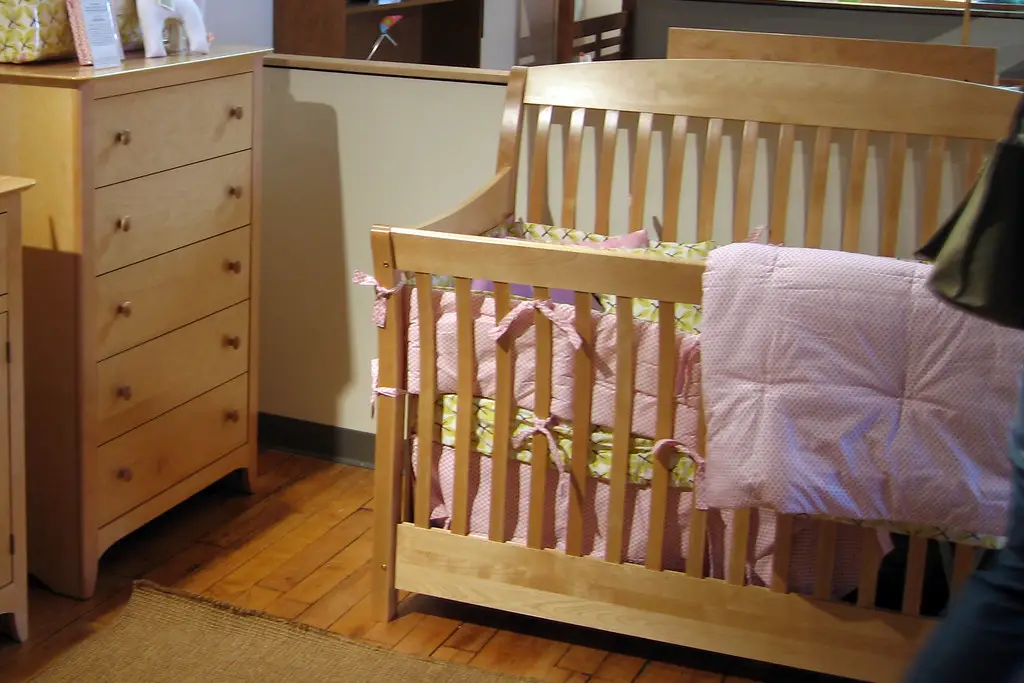
For decades, drop-side cribs were a nursery staple, making it easier for parents to lift their babies in and out. But the sliding mechanism was prone to malfunctioning, sometimes detaching entirely. Babies could get stuck between the mattress and the crib’s frame, leading to suffocation. Some kids even fell out when the side collapsed unexpectedly. Between 2000 and 2010, these cribs were linked to at least 32 infant deaths adds Scary Mommy.
By 2011, the government finally banned them, forcing companies to recall millions of models. Still, many families had no idea they were dangerous, and secondhand cribs continued to circulate. If you see one at a thrift store, it’s best to keep walking.
3. Baby Powder with Talc
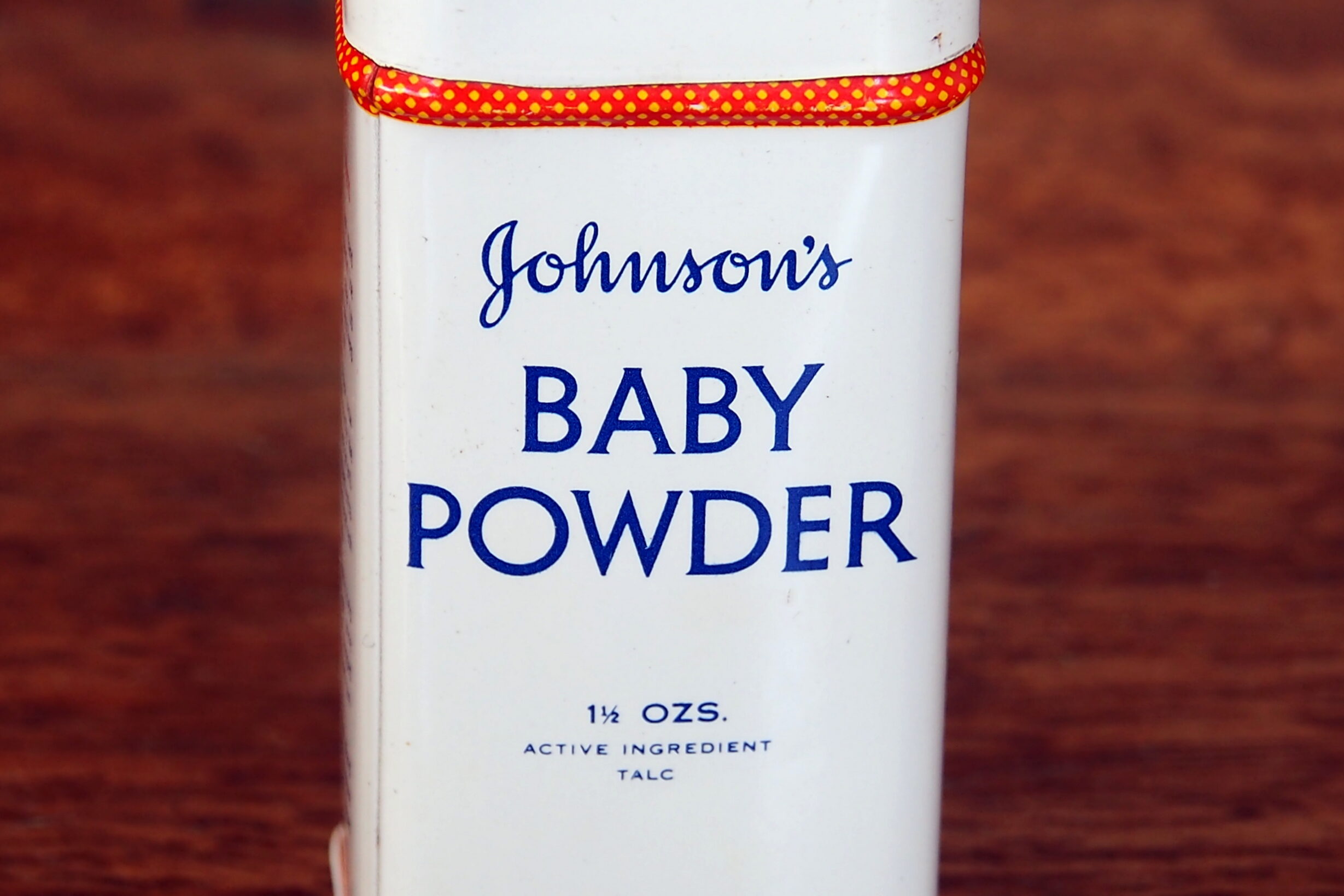
For generations, parents sprinkled talcum powder on their babies to keep their skin dry and rash-free. Unfortunately, talc particles are so fine that they can easily be inhaled, leading to serious lung problems. Pediatricians warned that even a small amount could cause breathing issues in infants. Later, concerns arose over potential links between talc and cancer due to contamination with asbestos says MSN.
While some companies reformulated their powders with cornstarch instead, talc-based versions were still sold for years. Eventually, lawsuits and growing health concerns forced major brands to phase them out. Today, most parents opt for alternative remedies like diaper creams or just letting the skin breathe.
4. Teething Necklaces
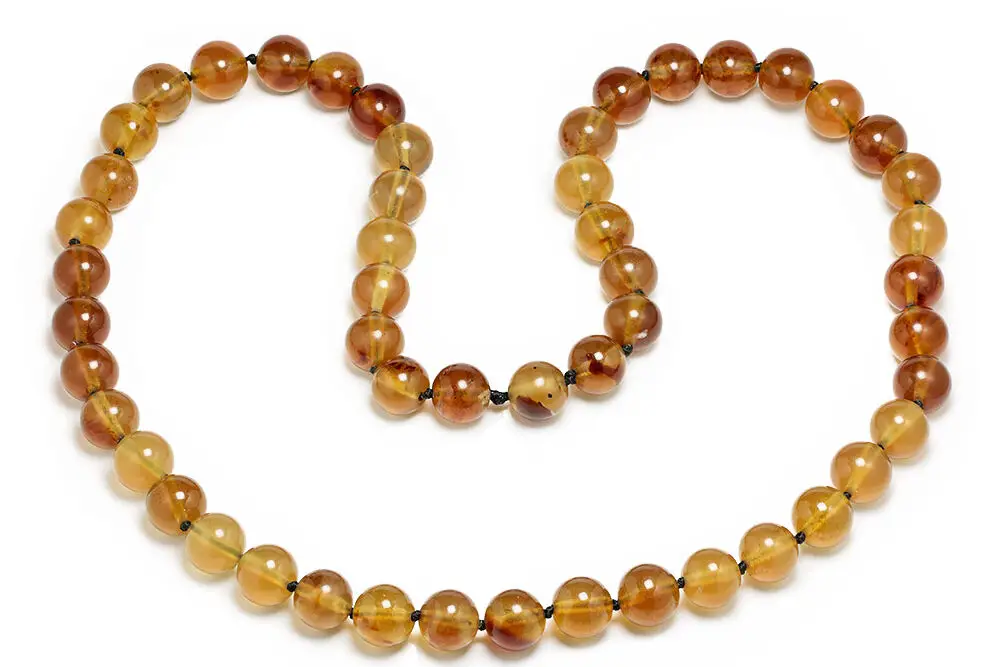
Teething necklaces made of amber or silicone became popular as a natural remedy for fussy babies. The idea was that amber released soothing oils when warmed by body heat, easing teething pain. In reality, these necklaces posed a massive choking and strangulation risk. Babies could get tangled in them while sleeping or chew off small beads shares NPR.
Reports of infant deaths and injuries prompted warnings from pediatricians. Some companies started adding safety features like breakaway clasps, but the risks remained. The safest option? Good old-fashioned teething rings or a chilled washcloth.
5. Playpens with Mesh Sides
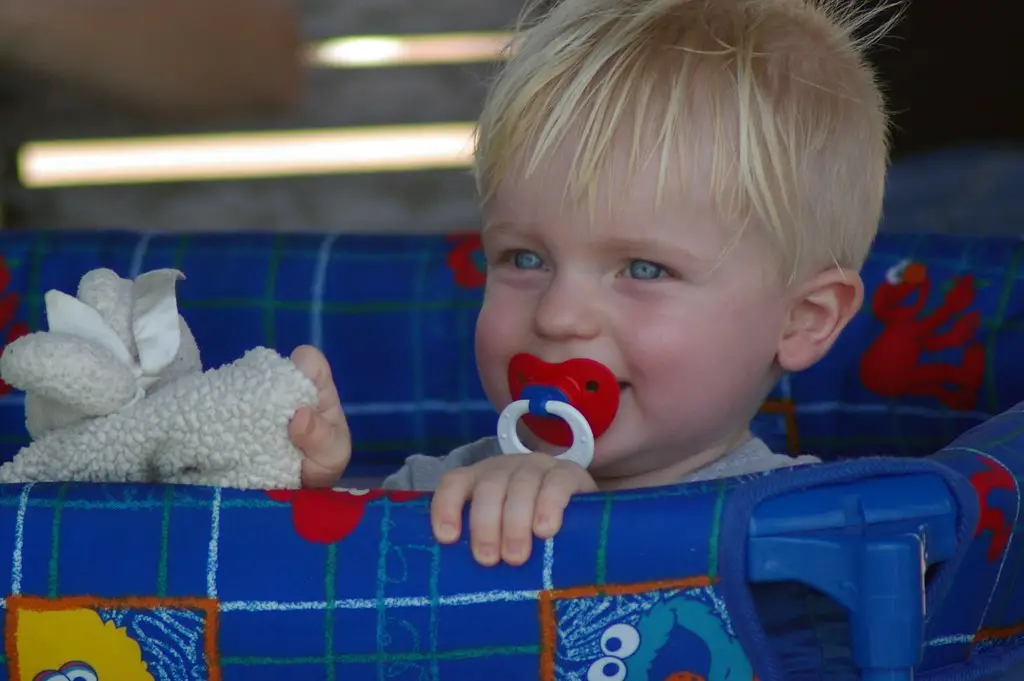
Mesh-sided playpens seemed like a cozy and breathable way to contain a baby. Unfortunately, the older designs had weak frames that could collapse, trapping a baby inside. Some had mesh that ripped easily, creating a strangulation risk. Babies also figured out how to climb out, leading to dangerous falls.
By the ‘90s, safety regulations improved, but older models were still in circulation. Many had been passed down through families, unaware of the risks. Today’s play yards have stricter standards, but if you ever come across a vintage one, it’s best to leave it in the past.
6. Baby Bumpers
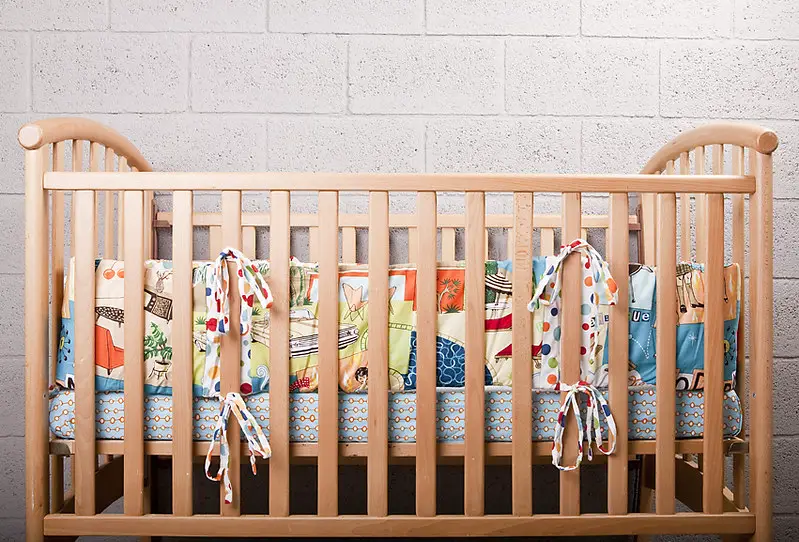
For years, crib bumpers were seen as a stylish and protective addition to a baby’s sleeping space. Parents thought they’d prevent babies from bumping their heads or getting limbs stuck in the slats. Instead, they created a serious suffocation risk. Babies who rolled into them couldn’t move away, leading to tragic consequences.
Despite warnings, they remained popular, especially in cute matching bedding sets. It wasn’t until recent years that some states banned them entirely. Now, the safest crib setup is a firm mattress with nothing but a fitted sheet.
7. Lead-Based Baby Toys
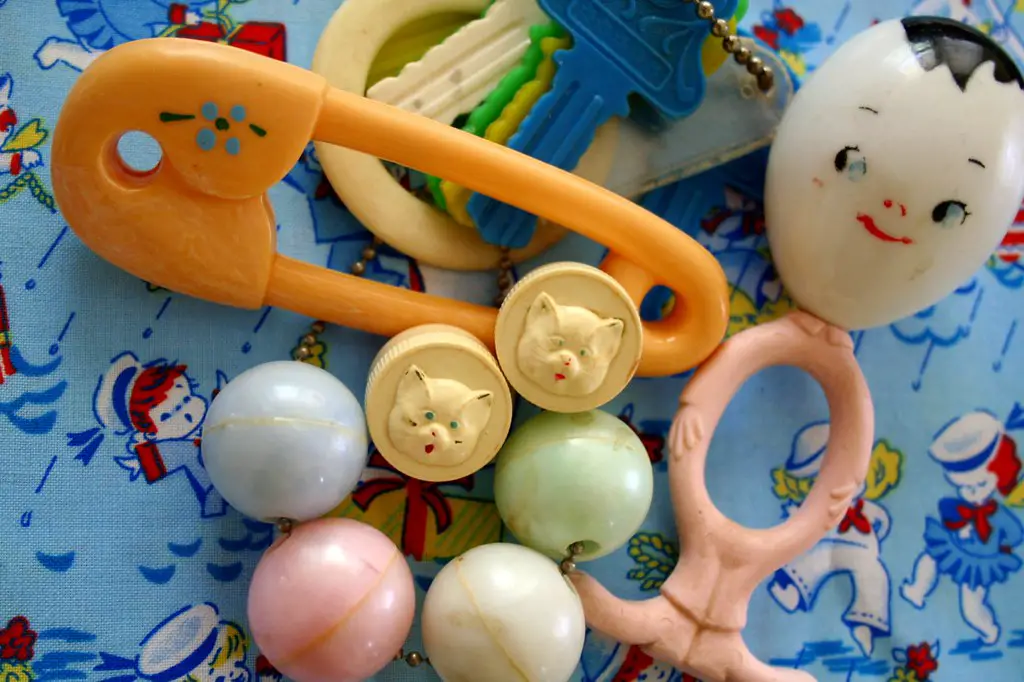
Before regulations tightened, many baby toys were painted with lead-based paint. Babies love to chew on anything they can get their hands on, so it didn’t take long for lead exposure to become a major issue. Even small amounts could cause developmental delays and other health problems. Some vintage toys still lurking in attics and thrift stores pose a hidden danger.
Lead poisoning symptoms don’t always appear right away, making it even more concerning. Once scientists made the connection, stricter laws were put in place. Today, companies must adhere to strict safety guidelines, but it’s still best to double-check older toys.
8. Baby Hammocks
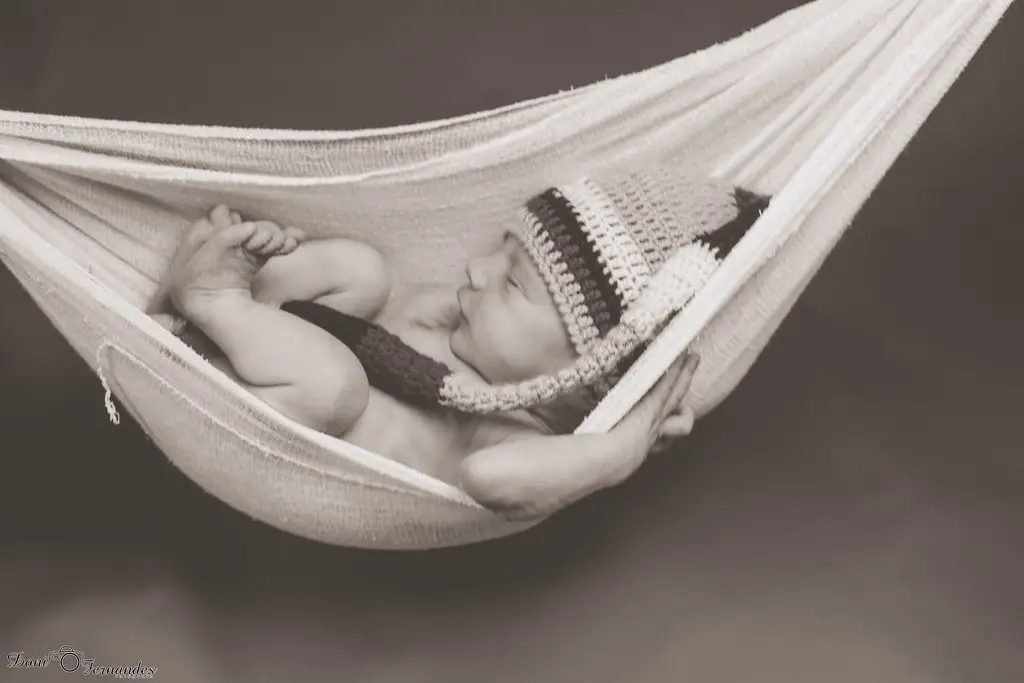
Baby hammocks seemed like a dreamy sleep solution, mimicking the cozy feeling of the womb. The problem was, they weren’t stable enough. Babies could roll into dangerous positions, leading to suffocation. Some models also collapsed unexpectedly, sending babies tumbling to the floor.
Though marketed as a sleep aid, they actually increased the risk of Sudden Infant Death Syndrome (SIDS). Pediatricians now recommend a flat, firm sleeping surface instead. While they look adorable in pictures, they’re not worth the risk.
9. Unsafe Car Seats
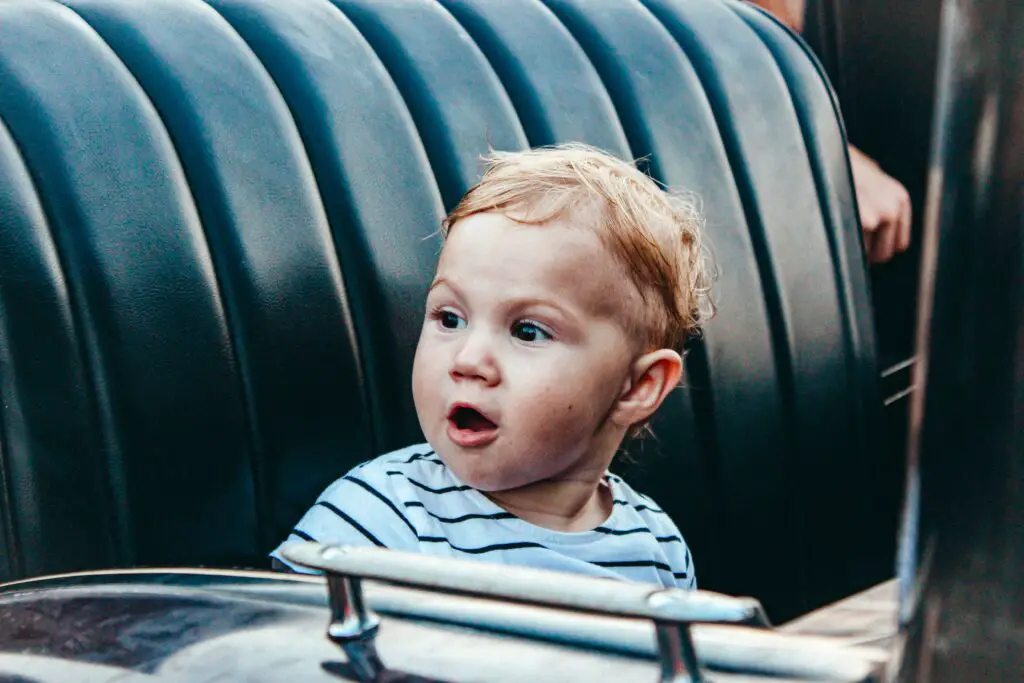
Car seats have come a long way, but older models were basically useless in a crash. Many had flimsy plastic frames, minimal padding, and poorly designed straps. Some weren’t even anchored properly, making them more of a decoration than a real safety device. Before regulations caught up, even “approved” models failed in basic crash tests.
Now, car seat safety is taken seriously, with strict standards and expiration dates. Still, some well-meaning relatives might offer an old seat that’s been stored in the garage for decades. It’s always safer to stick with a newer, properly tested model.
10. Jolly Jumpers with Door Attachments
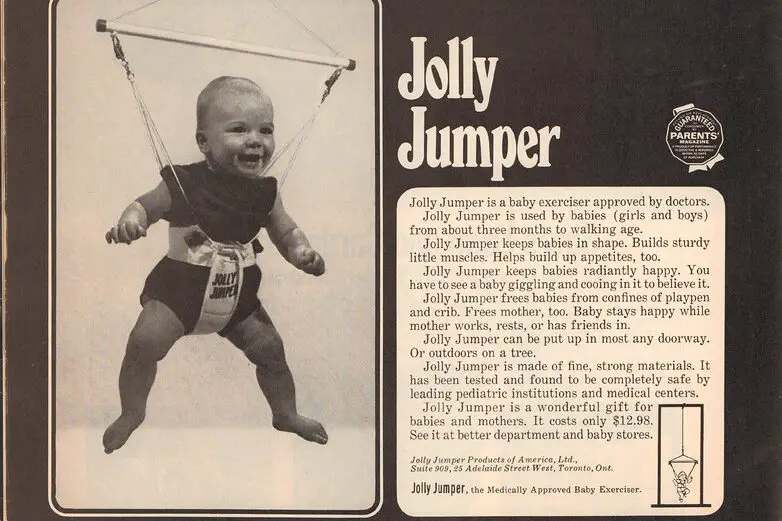
Jolly Jumpers were supposed to help babies burn off energy while bouncing around. But the ones that hooked onto door frames had a bad habit of detaching mid-air. Some babies also bounced too hard and smacked into the door frame.
Even when they stayed in place, the design could strain a baby’s hips. Today’s stationary jumpers are safer, but pediatricians still warn against overuse. It turns out, learning to walk the old-fashioned way is best.
11. Baby Oil in Glass Bottles
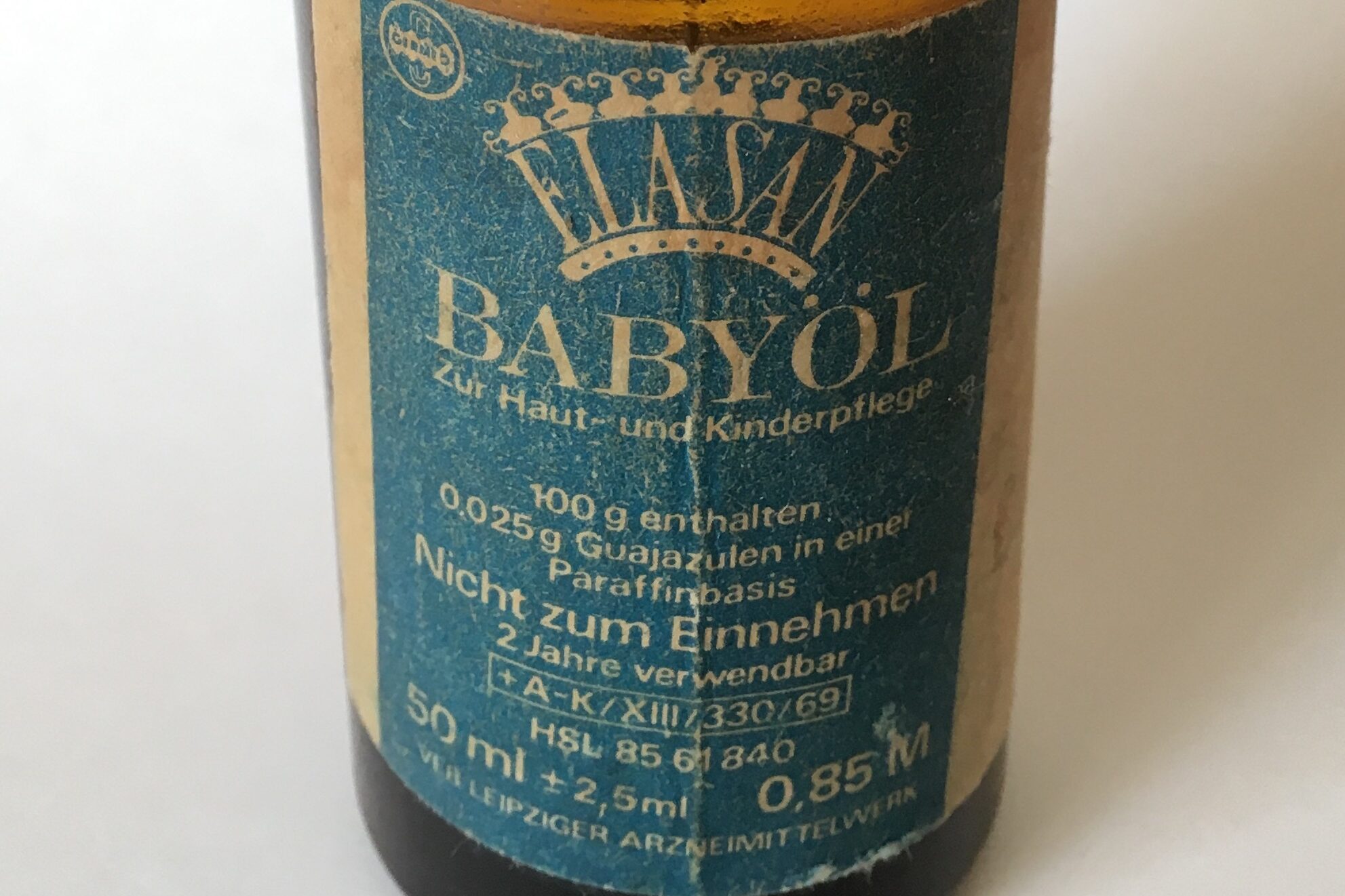
Baby oil itself wasn’t the problem—it was the packaging. Many brands used glass bottles, which shattered easily if dropped. Curious toddlers who got their hands on one could accidentally ingest the oil, leading to life-threatening aspiration pneumonia.
Once companies realized the dangers, they switched to plastic bottles with child-resistant caps. Still, it’s a reminder that even the most harmless-seeming products can have hidden risks.
12. Sleep Positioners
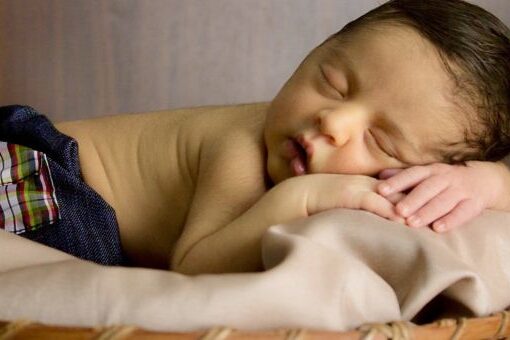
Sleep positioners promised to keep babies in a safe sleeping posture, reducing the risk of SIDS. But in reality, they did the opposite. Babies could roll into them and suffocate, or get stuck in awkward positions. Some models were so padded that they created a smothering hazard.
After multiple infant deaths, the FDA issued warnings against them. Nowadays, safe sleep guidelines are clear: no pillows, no positioners, just a firm mattress.
13. Inflatable Baby Bathtubs

These little tubs seemed like a convenient way to bathe a baby, but they had one major flaw—they tipped over easily. A wiggly baby could send the whole thing flipping, leading to potential drowning. Some also had weak seams that burst mid-bath.
While some newer models have sturdier designs, pediatricians still recommend a sink or a regular baby tub. If it looks too flimsy to trust, it probably is.
14. Vintage Baby Swings
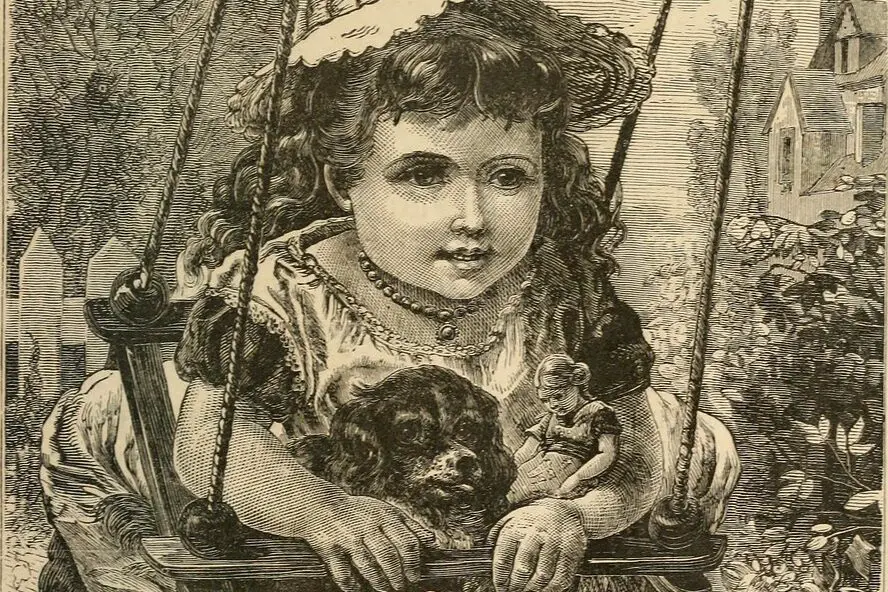
Old-school baby swings were nowhere near as sturdy as modern versions. Some had metal frames that collapsed, while others had poorly secured straps. A few models even had wind-up mechanisms that could snap suddenly. Instead of soothing a baby to sleep, they sometimes caused falls or injuries.
Modern swings have much better safety features, but vintage versions still pop up in secondhand sales. If you come across one, it’s best to admire it for nostalgia—not actual use.
